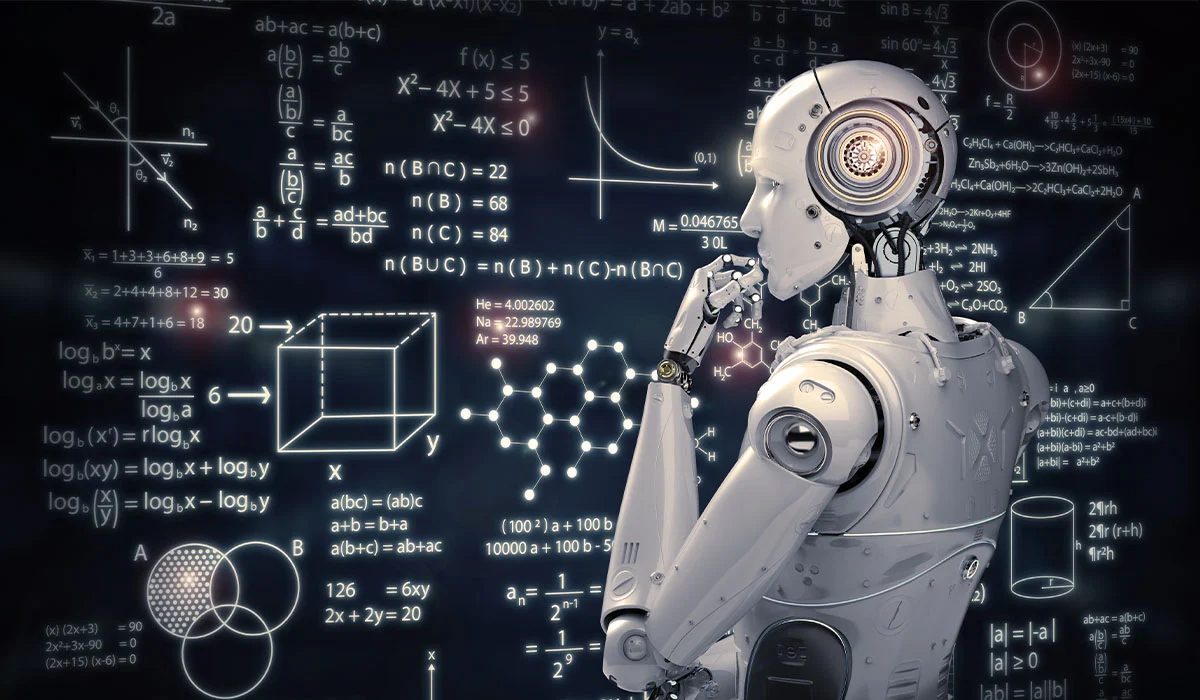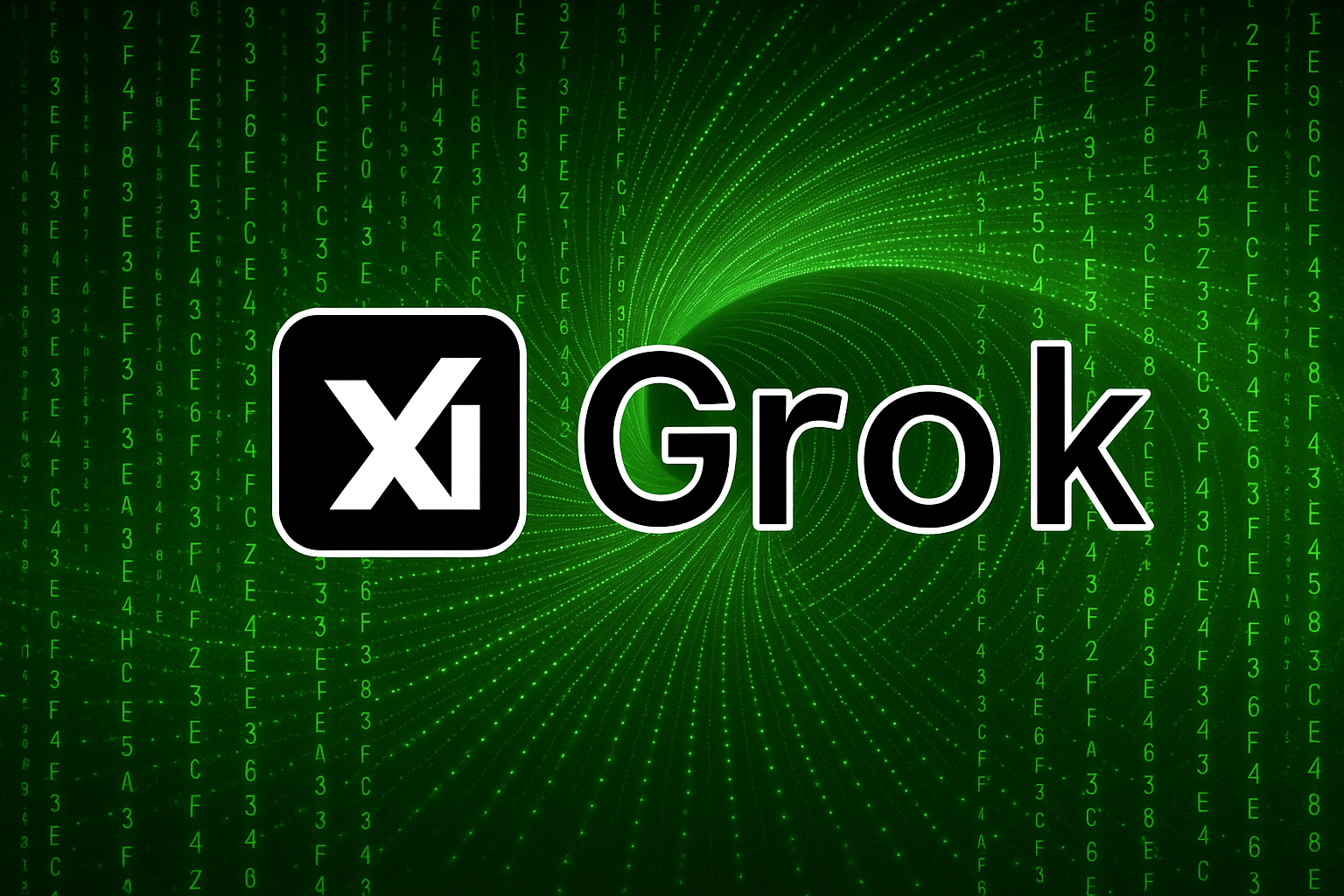In a move that has sent shockwaves through the tech industry, Microsoft has laid off over 15,000 employees in 2025, a direct result of its massive $80 billion investment in AI infrastructure. This unprecedented shift raises critical questions about the future of work in an AI-driven world.
The Scale of the Layoffs
Microsoft’s workforce reductions in 2025 have been staggering, marking a significant pivot for the tech giant. Throughout the year, the company has executed multiple rounds of layoffs, culminating in a recent cut of 9,000 employees announced on July 3, 2025. This latest reduction alone accounts for nearly 4% of its global workforce, which stands at approximately 220,000. Earlier in the year, Microsoft shed 6,000 jobs in May, followed by additional cuts in June, bringing the total to over 15,000 for 2025. These figures represent the largest workforce downsizing since 2023, when 10,000 employees were let go. The sheer scale of these layoffs reflects a deliberate restructuring, driven by forces reshaping the company’s priorities and operations.
The Role of AI Investment
At the heart of this transformation is Microsoft’s ambitious $80 billion investment in artificial intelligence for fiscal year 2025. This capital expenditure, one of the largest in the company’s history, is focused on constructing AI infrastructure, including state-of-the-art data centers and advanced AI models. CEO Satya Nadella has made AI the cornerstone of Microsoft’s vision, framing the company as a leader in what he calls a “distillation factory” for AI innovation. Yet, this bold strategy carries significant financial weight. Industry analysts estimate that for every year Microsoft sustains this level of investment, it may need to trim its headcount by at least 10,000 to manage the rising depreciation costs tied to such extensive infrastructure projects. The company’s recent quarterly revenue of $70.07 billion surpassed expectations, but the pressure on cloud profit margins due to AI spending underscores the economic trade-offs fueling these layoffs.
Impact on the Workforce
The layoffs have hit a wide swath of Microsoft’s employees, with software engineers bearing a heavy burden—over 40% of the job cuts in Washington state, the company’s headquarters, were in this group. Even senior roles have been affected, including Gabriela de Queiroz, the former Director of AI for Startups, highlighting that no level of the organization is immune. This comes as AI itself is increasingly integrated into Microsoft’s operations, now generating up to 30% of the company’s code and reducing the demand for human programmers. Beyond Microsoft, the tech industry is witnessing a parallel shift, with firms like Meta, Google, and Amazon also slashing jobs in 2025. This wave of downsizing has sparked a broader conversation about AI’s dual role as both a tool for efficiency and a disruptor of employment. While some, like Salesforce UK & Ireland CEO Zahra Bahrololoumi, predict AI will spawn new positions such as prompt engineers, others, including Anthropic CEO Dario Amodei, caution that it could erase half of entry-level white-collar jobs in the coming years, raising the specter of widespread unemployment.
Looking to the Future
Even as it cuts jobs, Microsoft is reinforcing its commitment to AI with strategic moves, such as hiring Mustafa Suleyman, a renowned AI pioneer, to helm its new AI division. This signals that the company sees innovation as its path forward, potentially opening doors to new types of roles within the organization. However, the tension between technological progress and workforce stability remains unresolved. AI’s capacity to enhance productivity is undeniable, yet its ability to displace workers poses risks that Microsoft—and the tech sector at large—must navigate carefully. As the company charts this course, its decisions will serve as a key indicator of how the industry balances growth with the human impact of automation. The broader consequences for workers and the global economy will unfold in the years ahead, with Microsoft’s actions offering a glimpse into the challenges and possibilities of an AI-driven future.
Microsoft’s layoffs are a stark reminder of the intricate trade-offs between innovation and employment in the age of artificial intelligence. While the $80 billion investment positions the company to redefine industries, it also lays bare the difficulties of advancing technology without leaving workers behind. For a general audience, this story is not just about one company—it’s about the evolving relationship between humans and machines in the workplace of tomorrow.




